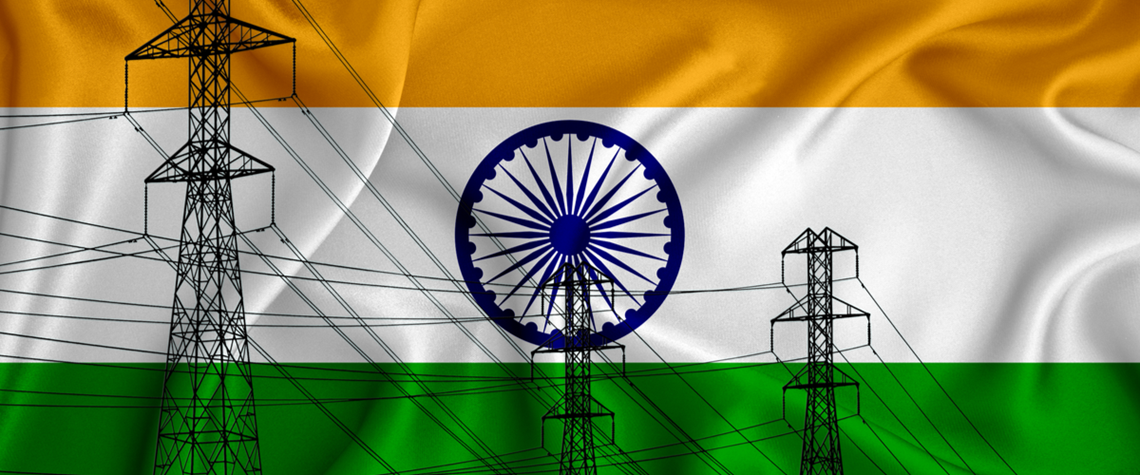India’s green growth challenges
Despite $1.2bn of additional investment, India could miss its 2022 renewable energy capacity target
As the third-largest global CO₂ emitter, India faces pressure ahead of Cop26 to demonstrate its commitment to the energy transition—particularly since it has not set a net-zero target. In its ratification of the Paris Agreement, India pledged to reduce its carbon intensity by 33-35pc from 2005 levels and increase the share of non-fossil power capacity to 40pc by 2030. And the country has set a further target to have 450GW of renewable energy capacity installed by 2030, with 175GW by 2022. At a Cop26 meeting last month, Indian finance minister Nirmala Sitharaman said the government was on course to meet its 450GW target and that 100GW had already been installed. But the pandemic has had a sta

Also in this section
22 July 2025
Sinopec hosts launch of global sharing platform as Beijing looks to draw on international investors and expertise
22 July 2025
Africa’s most populous nation puts cap-and-trade and voluntary markets at the centre of its emerging strategy to achieve net zero by 2060
17 July 2025
Oil and gas companies will face penalties if they fail to reach the EU’s binding CO₂ injection targets for 2030, but they could also risk building underused and unprofitable CCS infrastructure
9 July 2025
Latin American country plans a cap-and-trade system and supports the scale-up of CCS as it prepares to host COP30








